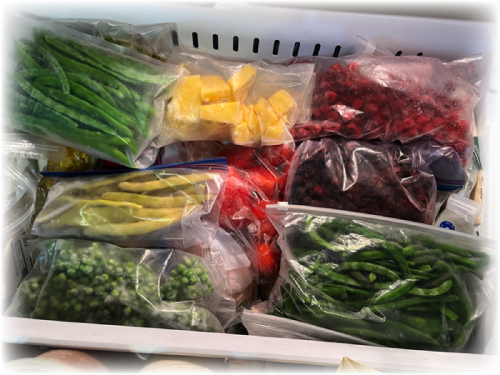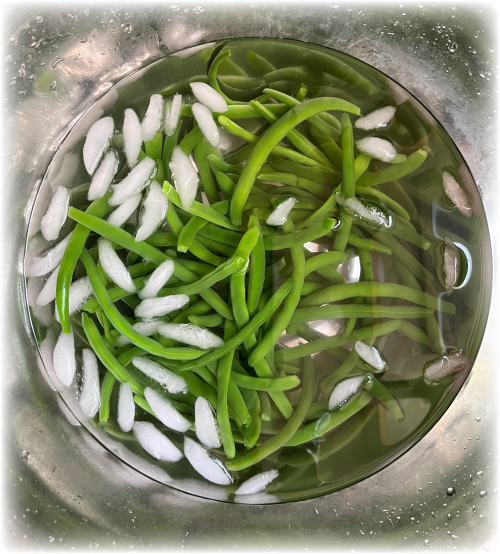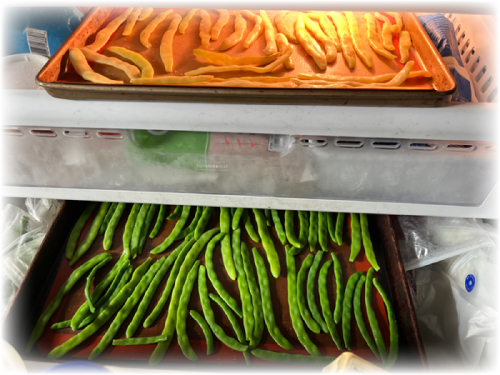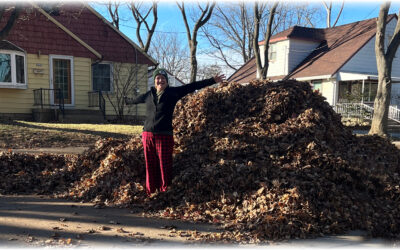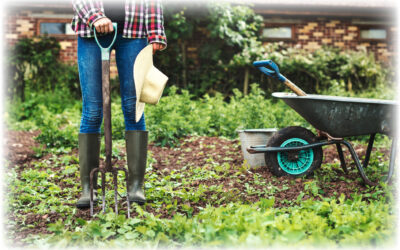Freezing
Freezing your produce is a fabulous way to preserve your harvest. There is nothing like enjoying some of your produce in January!
You will need very little equipment and you don’t need to worry about pH levels, additional ingredients, or exact measurements.
Most vegetables will benefit from blanching or cooking before freezing so that the enzymes in the plant are inactivated. If this is not done you may end up with mushy vegetables with reduced nutritional content when thawed out.
There are a few exceptions of vegetables that can be frozen raw. Cut up peppers and okra freeze well and tomatoes can be cored and frozen to be used in cooked dishes later. Many gardeners will core their tomatoes as they ripen during the summer and freeze them in ziplocks so they can do their canning all at once.
Blanching
Most vegetables can be blanched with either boiling water or steam. The amount of time will depend on the vegetable, but 2-4 minutes is usually enough. I will provide an example below.
Green Beans
Put a large pot of water on the stove and bring to a boil. Fill another large bowl with ice water.
Wash beans and snap off ends and string if necessary.
You leave the beans whole or cut them to your desired length.
Once the water is boiling, drop the beans in and set the timer for 3 minutes.
When the timer goes off remove the beans with a slotted spoon or spider strainer and plunge them into the bowl of ice water to stop the cooking process. Once cool drain in a colander.
Lay the beans on a lined cookie sheet and freeze. Once frozen put them in a ziplock, remove as much air as possible and freeze.

